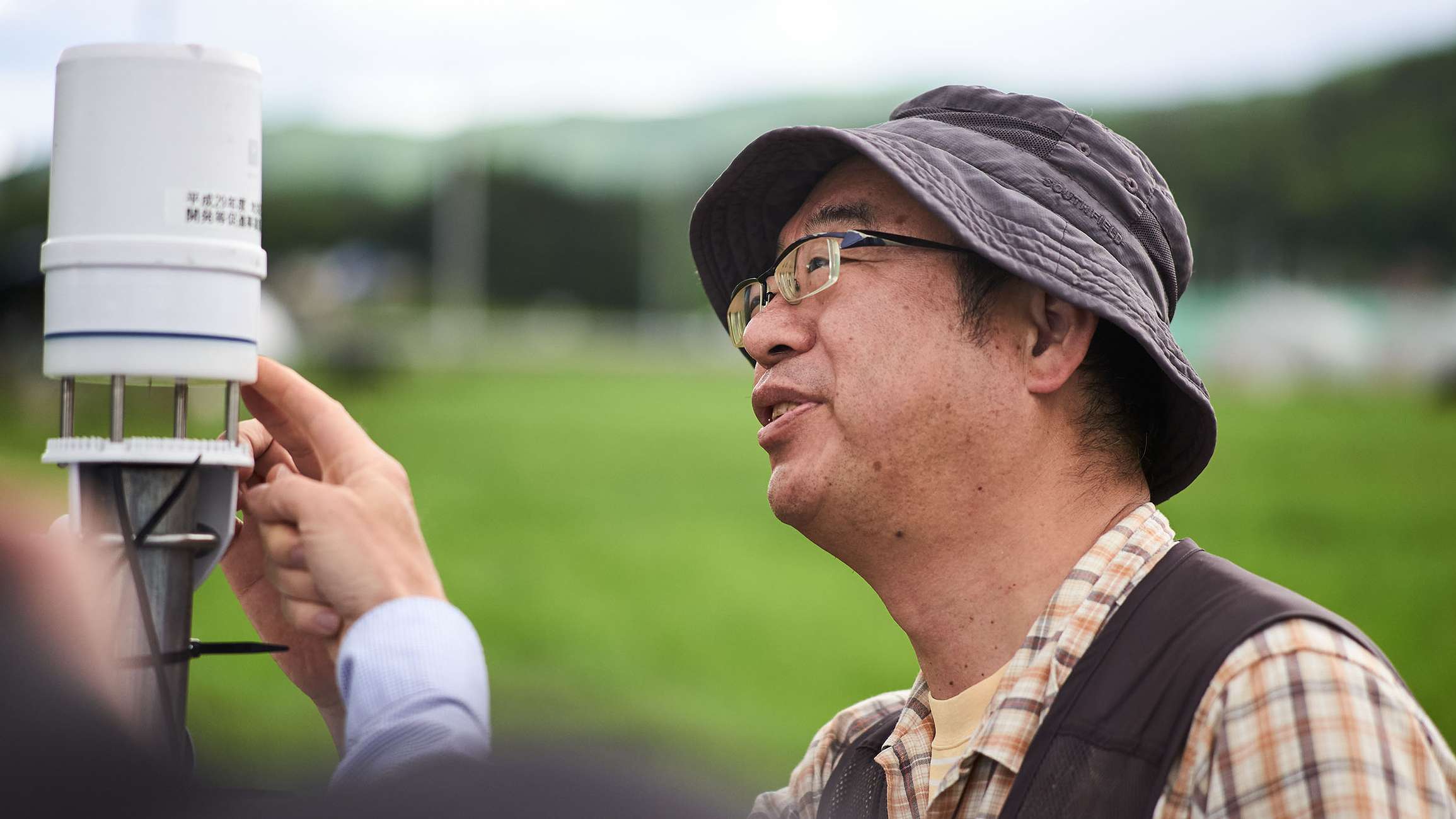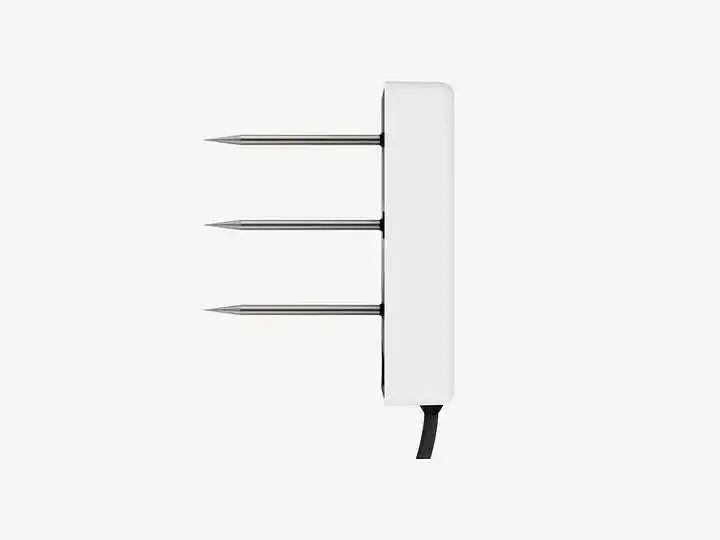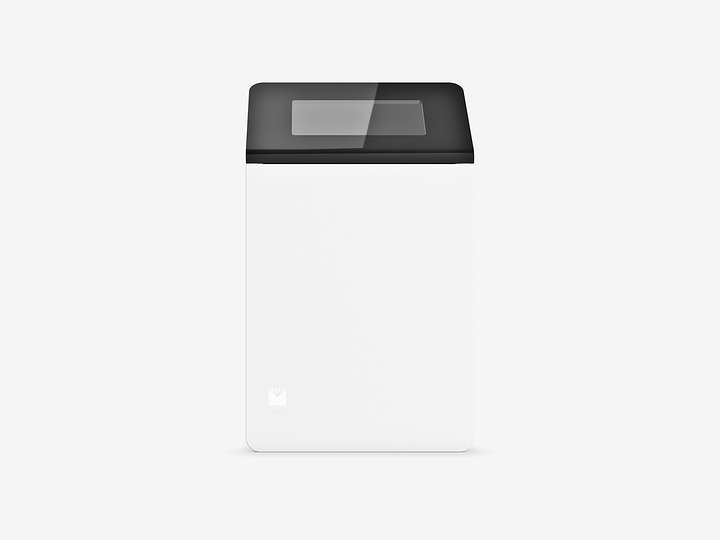Fukushima reborn
Fight the invisible.

Near the Fukushima disaster site, scientists and citizens work tirelessly to clean radiation from affected farmland soils. Each weekend, they travel to a small village near Fukushima and labor to rehabilitate the land.


FUKUSHIMA REBORN
Under the guidance of Dr. Masaru Mizoguchi, their efforts have rid the rice fields of the radioactive isotope cesium 137, making the rice harvested there safe for human consumption.
THE FIGHT FOR A BETTER FUTURE
But what will happen to the contaminated soil surrounding the decontaminated area? Will it settle in nearby stream beds, eventually contaminating the rice paddies?
IoT TECHNOLOGY REVEALS THE POSSIBILITIES
Using multi-parameter METER environmental sensors such as the ATMOS 41 all-in-one weather station, TEROS 12 soil moisture sensors, and TEROS 21 water potential sensors, Dr. Christian Renschler, Dr. Masaru Mizoguchi, and the Non Political Organization will monitor 17 environmental variables across the landscape. The scientists will use this information to try and predict runoff. ZENTRA Cloud and ZL6 data loggers enable them to see meteorological data, soil water content, and water potential data simultaneously graphed in near-real time, enabling them to understand the larger picture much faster.

“We developed a method to decontaminate the soil while leaving it fertile. Using only resources and processes already present in rice farming.”
– Prof. Masaru Mizoguchi, Department of Global Agricultural Sciences | The University of Tokyo
DATA MANAGEMENT IS NOW A BREEZE
Without cloud-based data delivery, the team would be forced to traverse difficult, remote terrain every three months to physically download data. And that data may be suspect if technical issues crop up during their absences. ZENTRA Cloud enables the team to obtain their data hourly with almost no effort, and avoid impossible regular treks to extremely steep, remote hill slope sites.
CONNECT EVERYTHING, AND EVERYONE
Near-real-time data and remote device management mean Dr. Renschler, a visiting professor, can easily check for and manage problems from the comfort of his office, even though he lives halfway around the world in Buffalo, New York. Streamlined data sharing lets him discuss and brainstorm issues, as they happen, with other collaborators who live scattered across the globe.

BETTER ANSWERS—BRIGHTER TOMORROW
The scientists will gather environmental data and enter the information into erosion models and water balances to predict the fate of the water and the radioactive soil as it moves around in these watersheds. ZL6 loggers and ZENTRA Cloud facilitate better and faster soil moisture, precipitation, and evaporation information and data sharing so the scientists can more quickly determine what might happen, enabling them to predict and prevent possible future environmental problems.
Made in Fukushima is a book that tells the stories of the region, the disaster, the farmers, and the ongoing decontamination. It’s made out of rice straw from the decontaminated fields of Fukushima to show the region’s rice is safe again. Through interviews, reports, background information, and data visualization, this book turns complex data into understanding.

Case studies, webinars, and articles you’ll love
Receive the latest content on a regular basis.


